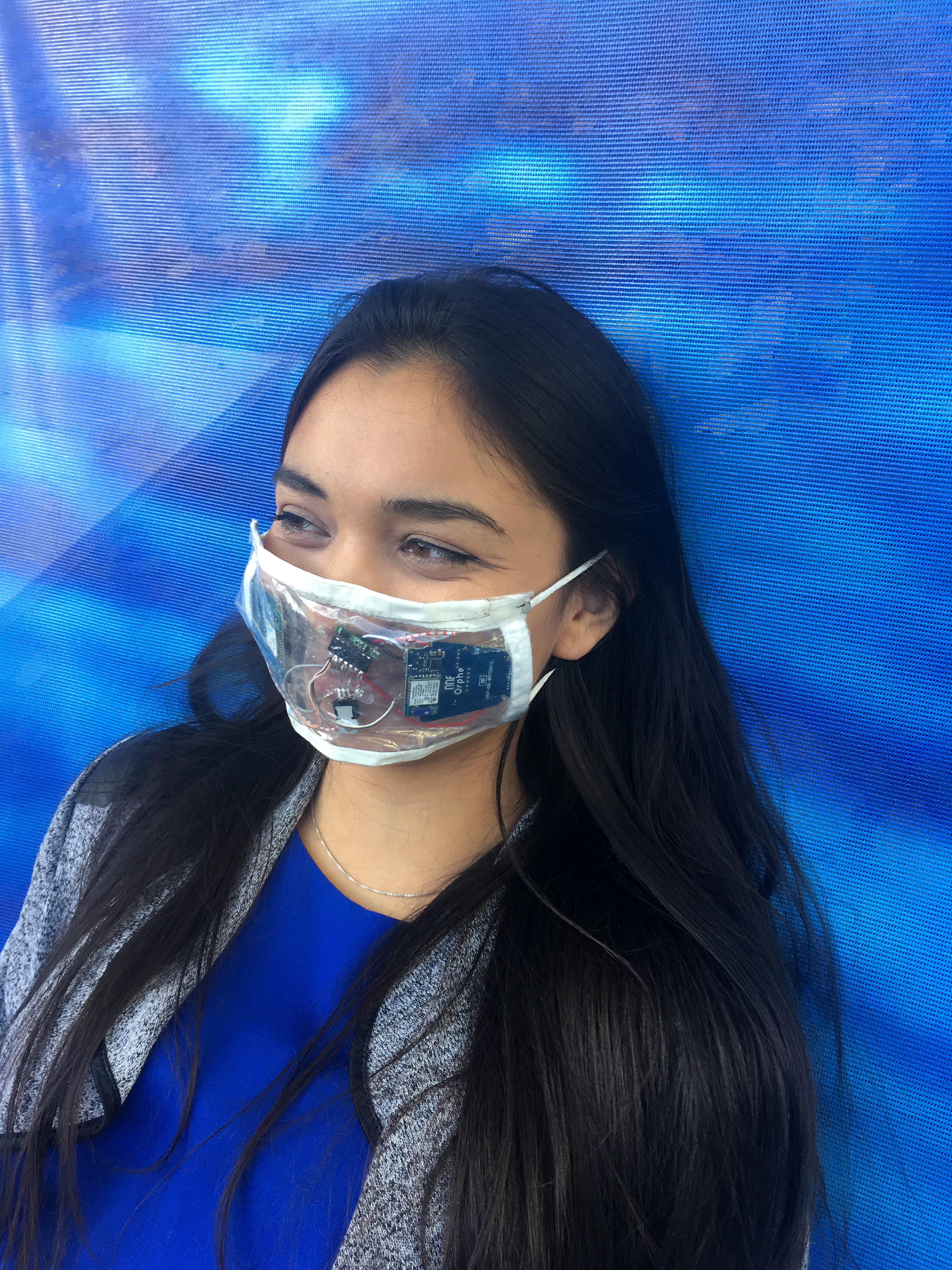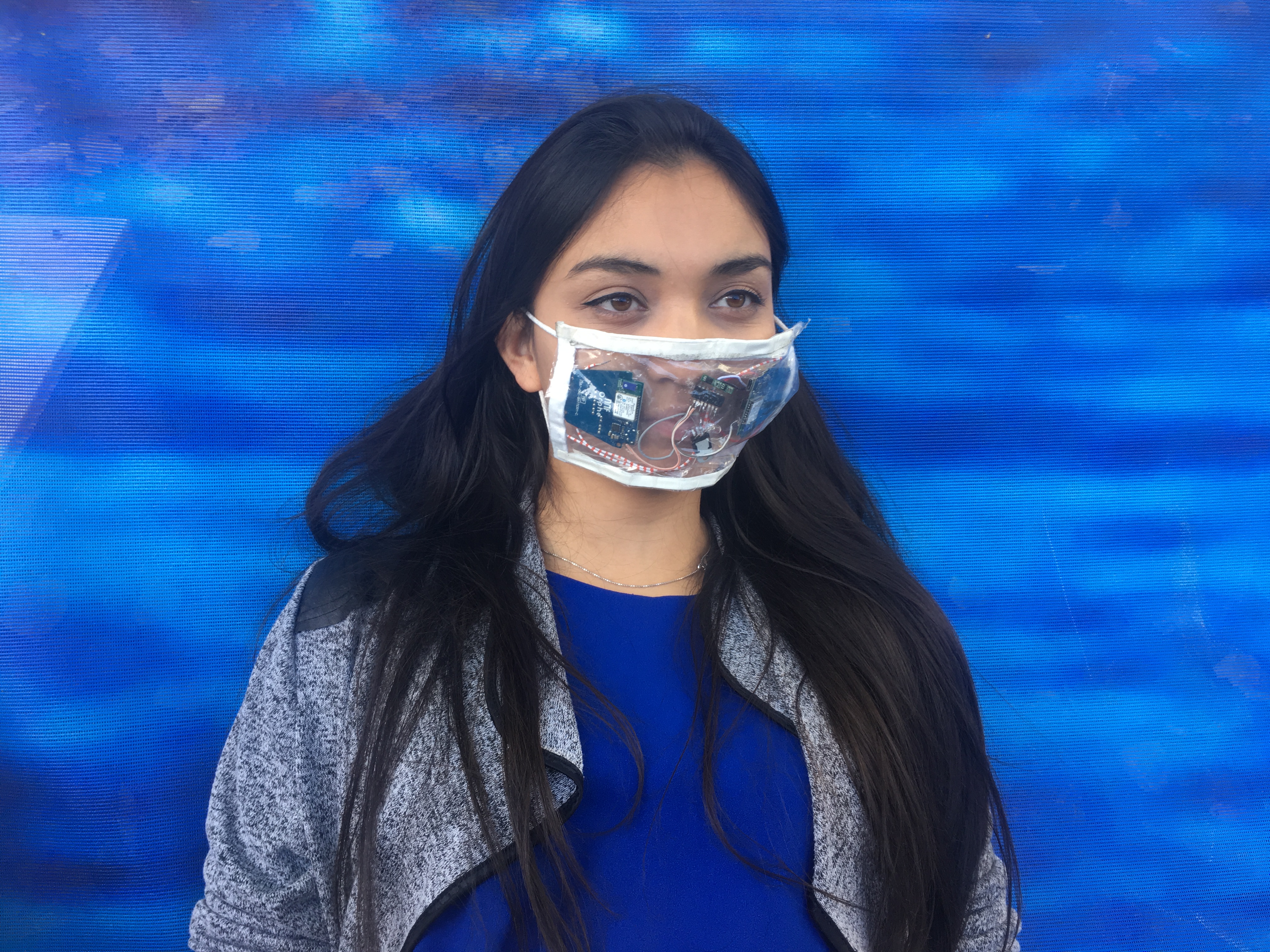

Veerle Pennock is a designer, constructor and researcher currently based in The Hague, studying MA Art & Science. Her interests lay in art, design, technology and the ongoing interaction between digital and analogue methodologies. Annette Schmid holds a BA in Communication Design and is based in Hamburg. She is a creative researcher of human-machine collaborations, investigating multispheric form languages, interactions, presentation possibilities and unusual media platforms.
YOUR FAILED PROJECT
Veerle and Annette met 2017 in Tokyo during a mobile summer school program developed by Graphic Design Arnhem, ArtEZ University of Art Arnhem. The goal is to introduce participants to the concepts behind contemporary (graphic) design research, speculative design and design critique, as well as extend one’s own design practice. We were able to implement our own research question connecting to the life in megastructures like Tokyo. We choose to find prototypes for a new form of life: The Cityborg:
A Cityborg is a potential, unconventional form of life, that could evolve under the circumstances of the futuristic megastructure Tokyo. Cityborgs could use technology to plug in and mediate between potential entry ports of technological, social and natural systems of Tokyo. By either extending its body or using enhanced everyday objects, the new life form cityborg hacks existing boundaries between the former inhabitant and the city. Smell-O-Mask is a prototype that could be used by a cityborg.
Our research showed, that Tokyo consists out of hybrid natural-technological systems, not only technological systems like the surveillance system or the digital billboard-ad-systems. Natural systems like silence, green spaces and also social layers of a city are a greater part of the construction, a city could even be seen as a machine to live in. Our interest with this project lies in the use of technology as ambassador to mediate between the natural and the technological.
SMELL-O-MASK is a speculative prototype of a wearable smell-printer-mask, that let’s you connect to another place, via your nose. As surgical masks are quite common in Asia to protect from air pollution, this project aims to enhance this everyday object to become a device for creating olfactory alternative realities. For example you could be connected to your favourite forest, while walking through the streets in a grey megastructure.
technical failure
a) less time b) a smellprinter can’t be that small to be waerable at this time, it needs to be invented. c) a specific unique scent consists of 1000 components, a highly sensitive scent sensor has to be developed to detect and convert it into data that can be sent over the interne to a different smell-printer device. In addition, we discovered that the mask is hiding an important part of the face for communication, this would be a important design question to be solved.
We just found out about this competition and it inspired us highly to rethink about our project and create a detailed speculation about how this mask could work in reality. Maybe by the help of further artistic imagination, someone is able to invent the necessary technology.
We basically cut the project, because we weren’t in the position to make it work. Through your competition and thoughts, we changed our perspective and the aspect of analyzing the failure brought us into position for continuing with this work, even if it will never work.
ON E-TEXTILES
We attempt to describe e-textiles as the second skin of the human body. While our physical surrounding world (architecture, art, science, energy…) is getting increasingly extended through smart technology, the natural functions of our skin seems not adapted anymore to our recently created habitats.
From this viewpoint, it seems almost natural to see e-textiles as a layer through which our bodies getting the chance to adapt and evolve with our new environment.
Textiles can be more than fashion. By naming it the second skin, we can come back to the original invention of wearables/clothes. There should be a hole bunch of useful inventions of how we can implement the useful aspects of clothes again in the future.
